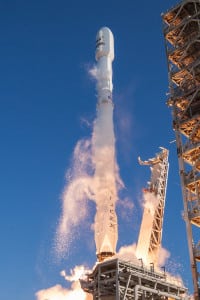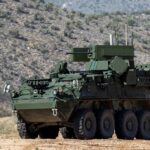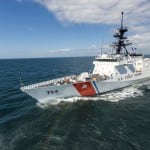
Having successfully launched a used first booster in a mission for the first time, Space Exploration Technologies Corp. (SpaceX) is considering trying to land an upper stage from a Falcon Heavy demo flight for full reusability, according to company founder and CEO Elon Musk.Musk said Friday on Twitter that the odds of successfully returning a Falcon Heavy upper stage are low, but that it might be worth trying. Falcon Heavy has not flown yet.Musk said, in another tweet, that a…













